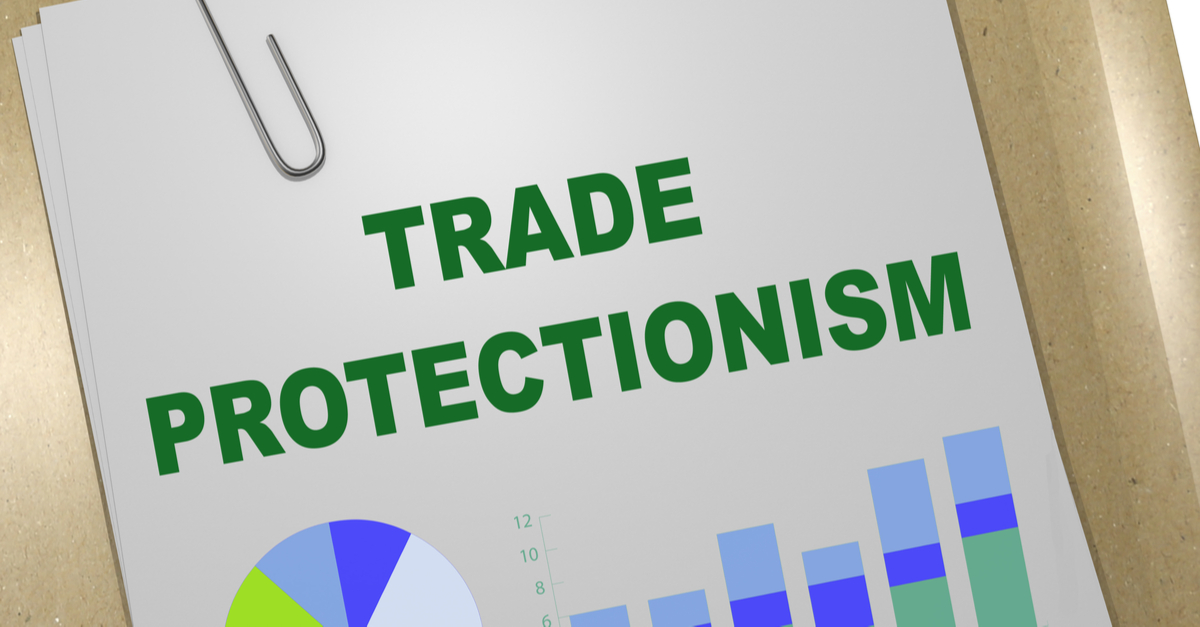Trade Liberalization vs. Protectionism: What to Expect

In an increasingly interconnected world, international trade policy swings between two dominant approaches: trade liberalization and protectionism. Each has far-reaching consequences for exporters, importers, sourcing agents, and supply chain professionals. As 2025 unfolds with shifting geopolitical alliances and economic recalibrations, understanding the implications of both approaches is more crucial than ever.
This blog explores what trade liberalization and protectionism mean, where current global policies stand, and what businesses can expect moving forward.
Understanding Trade Liberalization and Protectionism
Trade liberalization refers to the removal or reduction of trade barriers such as tariffs, quotas, and subsidies. It is generally aimed at encouraging free-market competition and fostering global trade. Key features include:
-
Reduced import/export duties
-
Fewer restrictions on foreign direct investment (FDI)
-
Simplified customs procedures
-
Multilateral trade agreements (e.g., WTO rules)
Protectionism, by contrast, is a policy approach that restricts trade between countries through tariffs, quotas, and regulatory barriers. It is usually pursued to protect domestic industries and preserve jobs. Protectionist policies can involve:
-
High import tariffs
-
Subsidies for domestic manufacturers
-
Local content requirements
-
National security-based trade restrictions
🔗 Related: New WTO Rules and Their Sourcing Impact
The Global Pendulum: Recent Policy Shifts
Trade Liberalization in Action
Many countries, particularly in Southeast Asia and Africa, are leaning into liberalization to boost exports and attract foreign investment:
-
ASEAN Free Trade Area (AFTA): Promotes trade liberalization among 10 Southeast Asian nations.
-
African Continental Free Trade Area (AfCFTA): Set to become the largest free trade area by country participation.
-
EU-Vietnam Free Trade Agreement (EVFTA): Eliminates 99% of tariffs over time between Vietnam and the EU.
These agreements have made nations like Vietnam, Indonesia, and Kenya more attractive for global sourcing.
🔗 Explore: Why Your Next Factory Might Be in Africa
The Return of Protectionism
Simultaneously, major economies have shifted toward protectionist measures, citing national security, inflation control, and strategic autonomy:
-
U.S.–China Trade War: Higher tariffs remain in place on hundreds of billions of dollars in goods.
-
EU Carbon Border Tax: Imposes tariffs on imports from carbon-intensive industries.
-
India’s Production Linked Incentive (PLI) schemes: Promote local manufacturing by reducing reliance on imports.
This dual dynamic has created a complex sourcing environment that businesses must navigate strategically.
Trade Liberalization: Benefits and Drawbacks for Sourcing
✅ Benefits
-
Lower Costs: Reduced tariffs lower the landed cost of goods.
-
Greater Supplier Access: Buyers can tap into broader networks of competitive suppliers.
-
Improved Efficiency: Open markets create pressure for innovation and quality improvement.
⚠️ Drawbacks
-
Increased Competition: Domestic producers may struggle to compete with cheaper imports.
-
Regulatory Gaps: Variations in labor and environmental standards can create ethical sourcing issues.
🔗 Learn more: Ethical Sourcing: How Agents Monitor Labor Conditions
Protectionism: Pros and Cons for Sourcing Agents
✅ Advantages
-
Boost for Local Industry: Helps develop domestic production capacity.
-
Job Preservation: Maintains employment in vulnerable sectors.
-
Strategic Independence: Reduces reliance on foreign suppliers in critical sectors like semiconductors, steel, or medicine.
⚠️ Disadvantages
-
Higher Costs: Tariffs increase import prices.
-
Supply Chain Rigidity: Limits supplier flexibility and sourcing agility.
-
Retaliation Risk: Other countries may impose counter-tariffs, harming exporters.
🔗 Related: Why Agents Are Key to Confidential Sourcing
The Outlook for 2025 and Beyond
The global trade landscape in 2025 is defined by a delicate balancing act. While liberalization remains vital for global growth, selective protectionism is gaining ground amid geopolitical tensions and climate-related trade reforms.
Key trends to watch:
-
Green Protectionism: Climate policies are being used to impose trade restrictions. The EU’s Carbon Border Adjustment Mechanism (CBAM) is a key example.
-
Digital Trade Rules: Expect new standards on cross-border data flows and e-commerce regulations.
-
Local Manufacturing Incentives: Governments are subsidizing local factories and favoring local suppliers.
🔗 Bonus: Government Subsidies and Their Role in Export Pricing
How Businesses Can Prepare
To thrive in this changing environment, sourcing and logistics professionals should:
1. Diversify Suppliers Across Markets
Use trade-liberalizing regions as alternative sourcing hubs while minimizing risk from protectionist zones.
2. Leverage Sourcing Agents
Local agents understand regulatory nuances, tariff implications, and paperwork—making them vital to maneuvering protectionist restrictions.
🔗 Explore: How to Build a Cross-Border Brand With Social Media
3. Invest in Compliance and Certifications
Ensure product certifications align with both liberalized and protectionist trade regions (e.g., CE, RoHS, REACH).
4. Use Predictive Analytics
Monitor tariff announcements, trade agreement timelines, and geopolitical shifts to optimize routing and sourcing.
🔗 Suggested read: Freight Futures and Predictive Trade Analytics
Final Thoughts
Whether the pendulum swings toward liberalization or protectionism, the takeaway is clear: Adaptability wins. Businesses that maintain flexible sourcing networks, invest in local partnerships, and stay informed about trade policy trends will outperform those that don’t.
For global buyers and B2B brands, the future of trade isn’t just about open or closed borders—it’s about smart navigation through them.
Need help navigating new trade policies and sourcing routes?
Partner with a reliable local expert at BestSourcing-Agent.com to secure flexible, tariff-conscious sourcing strategies tailored to your business needs.
